Thurs, Nov 13, 7:00pm at Barlow Community Center. Dr. Megan Shaeffer discusses the history and archaeology of Wood Hollow Metro Park
Isham Beebe House
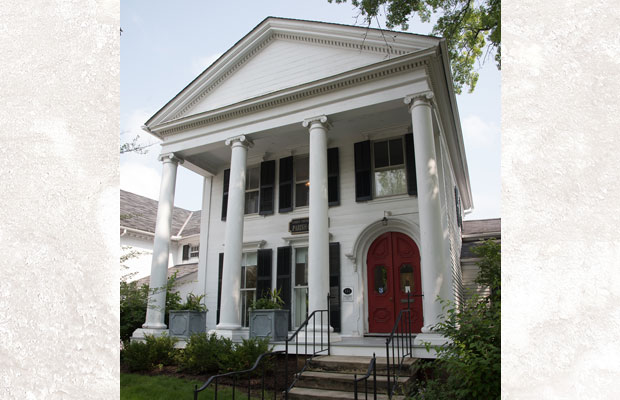
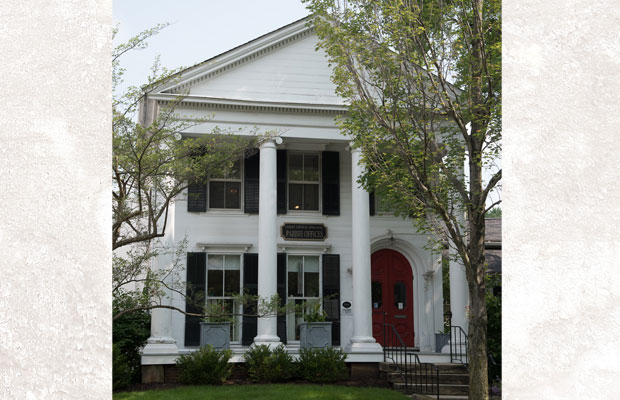
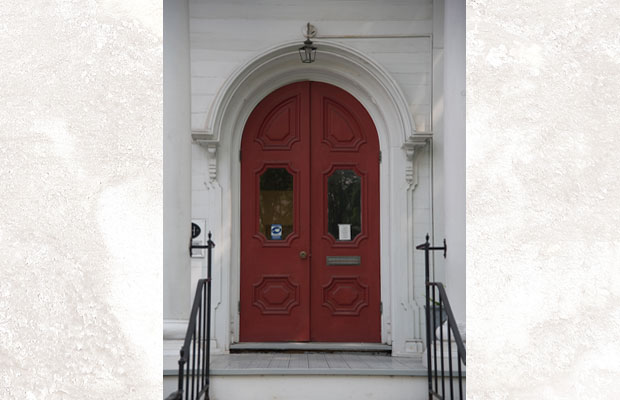
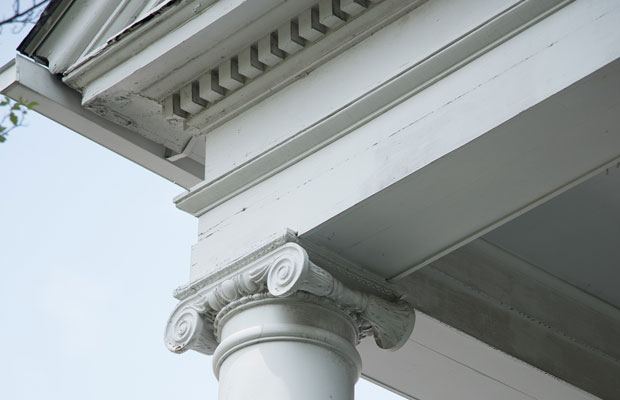
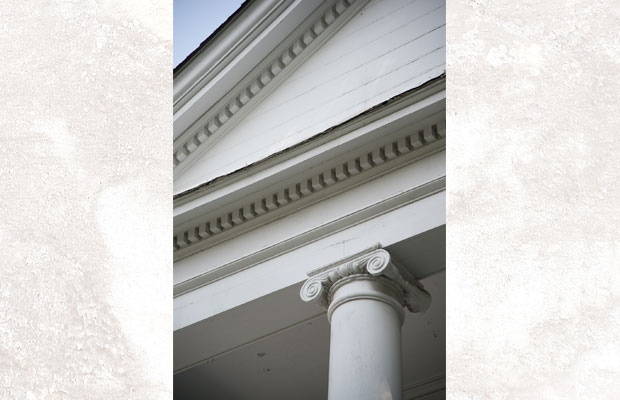
With its Greek temple design elements including a portico, ionic capitals and triangular pediment, the Isham-Beebe House is a wonderful example of the Greek Revival style. Built by architect-builder Leander Starr, it features four Greek Ionic columns supporting the full pediment. The east wing is original and shows earlier construction details from 1817 to 1822. The side wing with a porch was fully enclosed and incorporated into the construction of the 1834 main house.
The construction of this house is noted in David Hudson Junior’s journal, as well as in official records. We know, for example, that Isham actually occupied the house while it was still only partially finished.
The house is on its original foundation, with the original basement stairs, which are now closed off from use.
The portico is also original, as evidenced in the attic with eaves that are continuous from the portico to the back of the house. Some of the columns have been renovated. The entryway and windows on the front façade were Victorianized in the 1870s. Original interior Greek Revival elements include the moldings, window and door framing, and one mantel. A window in the basement is said to have been recycled from the 1846 Gothic Revival Episcopal Church, which was located next door and later replaced. The staircase is original, with a soffit design taken from Owen Biddle’s The Young Carpenter’s Assistant, 1805.
Leander Starr built the Isham-Beebe House for Warren Isham, who came to Hudson in 1828. He was the editor of The Western Intelligencer, later the Observer & Telegraph. The house was built on land purchased from Owen Brown for $162.78. The original construction contract is on file in the archives at Hudson Library and Historical Society.
After many owners, A.A. Brewster bought the property and house for $850 and then sold it to his daughter Ellen for $1000. Ellen was the wife of Duncan Beebe, who ran Brewster’s holdings after his death. While Ellen sold the business holdings after Duncan’s death, she kept the house.
Christ Episcopal acquired the property in 1945 from the estate of Jesse Beebe Hodge—Ellen and Duncan Beebe’s daughter.